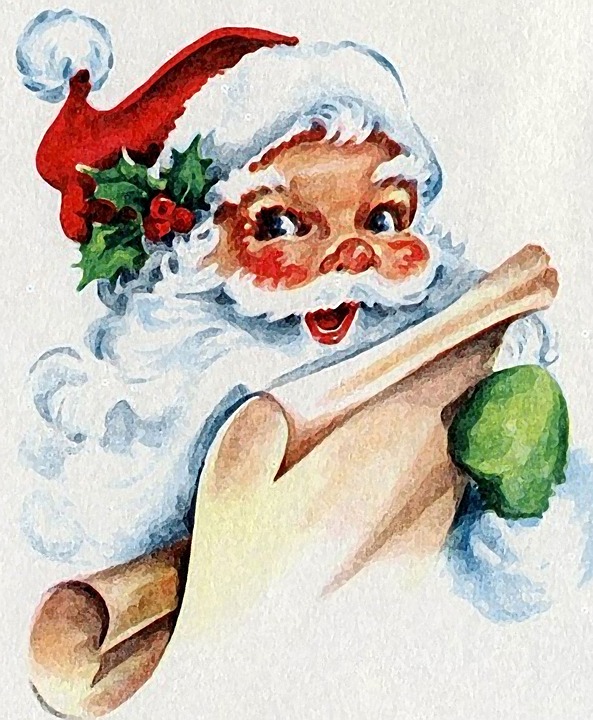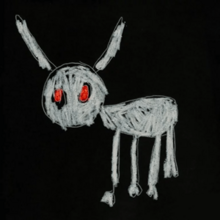Who’s Your Santa Claus: A Glance at Holiday Traditions Around the World
We might be familiar with Ol’ Saint Nick, but his cultural counterparts are just as enchanting. Image used under fair use.
December 13, 2018
When it comes to bringing the family together, having classic, recognizable music, and incorporating favorite holiday traditions, Christmas is second to none. Never could Halloween or Thanksgiving (and its two shopping counterparts) cast as dominating a shadow. However, when it comes to tradition, parents across the nation choose to deceive their children into believing in the ever-famous legend of Santa Claus. What more could children love about an unseen fat man that delivers gifts when he breaks into their house in the middle of the night? In any case, while we might be familiar with our version of Ol’ Saint Nick, how do cultures outside of the United States compare?
Santa, as verbalized by Michael Bublé, is the “big, fat man with a long, white beard.” He travels via sleigh on December 24th to deliver gifts in time for the eager hands of wide-eyed youngers on Christmas morning. However, children from Italy hear tales of an old woman who flies on her broomstick delivering gifts to good boys and girls on January 6th. Known as La Befana, or the Witch of Christmas, this Italian myth found her calling in her most regrettable moment.
According to the Italian legend, at the appearance of the star in the sky the Magi, or Three Wise Men, departed to see Jesus Christ and were joined by many people on their journey. Upon their departure, an old woman found herself busied with her housework and promised to join them at a later time. One day passed and she rushed to follow the Magi only to find that they were nowhere to be seen. Guilt-ridden, she looked down to discover that her only companion was the broom still clenched in her hand. She is easily recognizable for her black, soot-laden dress and broomstick. She gives her gifts to children instead of to the Christ Child, whom she was unable to visit and offer her gifts for. Despite their difference in appearance and background, you will be happy to hear that Santa and La Befana share hobbies including climbing down chimneys and delivering coal to bad children. While the actuality of La Befana’s existence remains uncertain, like Saint Nicholas, many take the legend to be a fantastic representation of the holiday spirit.
Drunk Uncle John’s Christmas stories are often an awkward face of Christmas family gatherings and make Christmas what it is. Imagine Catalonia, a province located in the European country of Spain, and how different one family’s celebrations might be. One common tradition visibly celebrated here outshines any unbecoming kisses from Aunt Susan. During the holiday season, children love el Tió de Nadal or the Christmas Log. This is a log that has a smiling face upon one side, has been given a cozy blanket, and is fed every day until Christmas Eve. But a personified log isn’t the only shocker in this Christmas story. Catalans don’t have the traditional Santa Claus from whom their presents come. In a seemingly unrivaled competition, no amount of Christmas conviction could ever amount to the Catalan belief that this log excretes every child’s Christmas gift. Children place the log in the fire on Christmas morning, beat it with sticks, and perform a farcical chant until the presents are dropped. Children peek under the blanket and parents guide the children to where the gifts have been evidently “passed” by the log itself. Personally, this Christmas, I would like my gifts to be hand-delivered by the man himself, not defecated.
Compared to your common American Christmas, these celebrations might seem extravagant. But the purpose of each of these cultural variants is the meaning behind such festivities. Don’t worry, I’m not here to lecture about the ‘true meaning of Christmas.’ Nevertheless, whether these folk stories are derived from Westernized symbols or are distinct to that region of the world, there are humble beginnings and sincere, heartwarming messages to each.












Nate Decker • Dec 14, 2018 at 2:18 pm
This. Is. Journalism.
Yet another perfect article full of facts and laughs. Somebody give this gal a raise. Or a $500 amazon gift card perhaps…